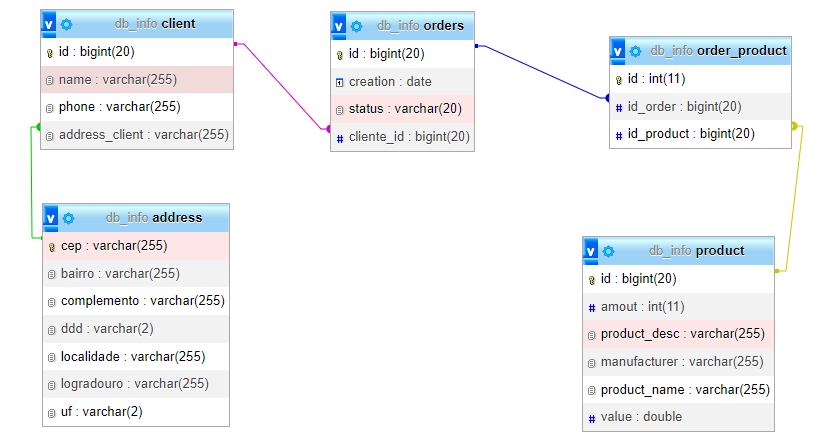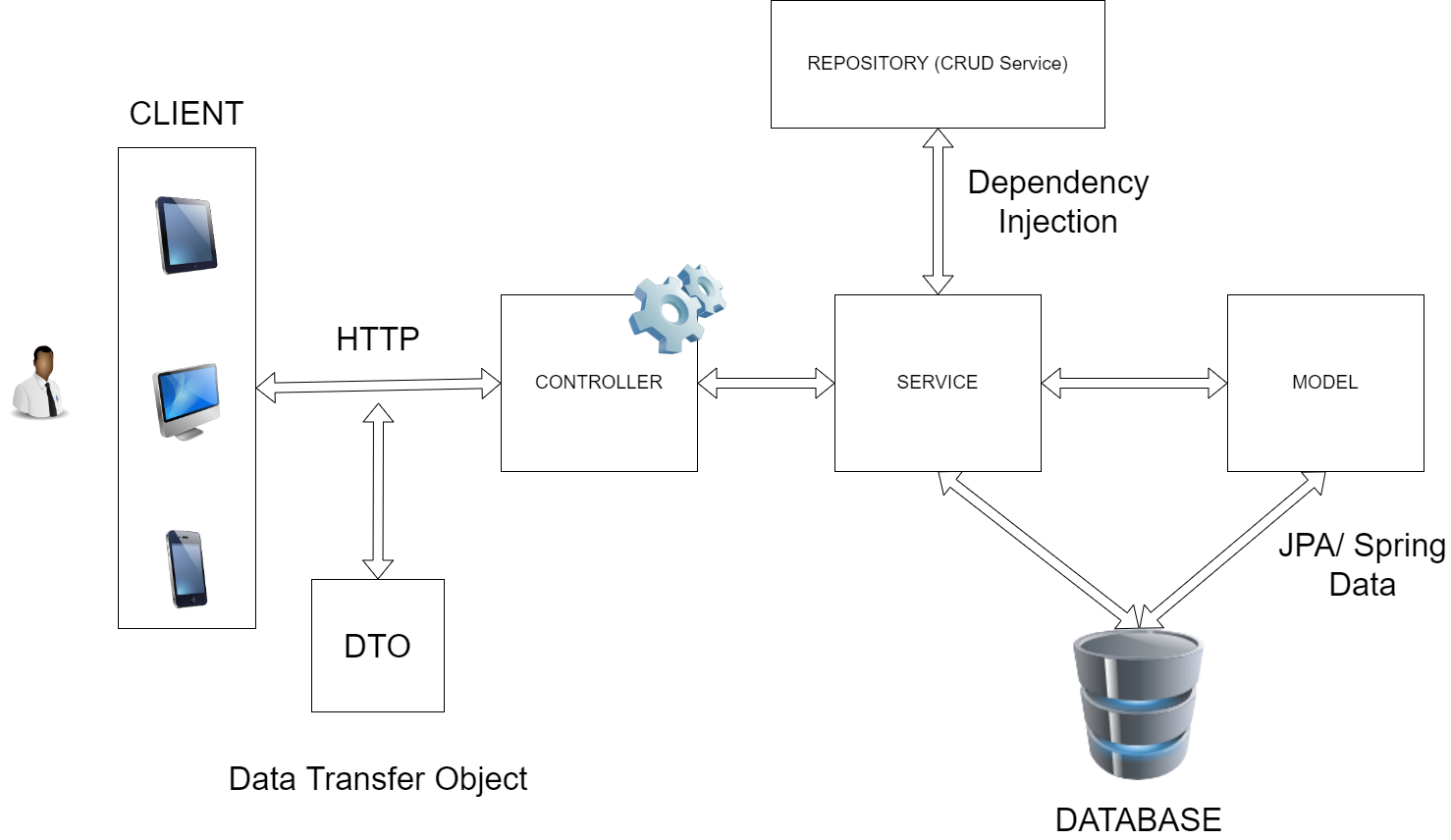This document provides instructions on how to use the Spring Boot API to register customers, products, and orders in a computer store. The API was developed in Java and also makes requests to the external API https://viacep.com.br to register a customer with an existing Brazilian address. It is also worth noting that the MySQL database. Additionally, the API has documentation for the Swagger-ui interface, which can be used to test endpoints.
Example of a valid brazilian CEP(Zip Code) code request:
{
"name": "James Cameron",
"phone": "11978651389",
"zipCode": "01001000"
}
Response:
{
"id": 1,
"name": "James Cameron",
"phone": "11978651389",
"address": {
"cep": "01001-000",
"logradouro": "Praça da Sé",
"complemento": "lado ímpar",
"bairro": "Sé",
"localidade": "São Paulo",
"uf": "SP",
"ddd": "11"
}
}
Before you begin, make sure you have MySQL installed and configured correctly. Then, create a database in MySQL and update the application.properties file settings with the database access information, as shown in the example below:
#Database Config
spring.datasource.url=jdbc:mysql://localhost:3306/<DB_NAME>?createDatabaseIfNotExist=true
spring.datasource.username=<MYSQL_USERNAME>
spring.datasource.password=<MYSQL_PASSWORD>
Replace <DB_NAME>, <DB_USERNAME> and <DB_PASSWORD> with the correct information.
After running the application, go to
http://localhost:8080/swagger-ui/index.html#/
and voilá! You will have access to Swagger with the fully documented api. From Schemas to the endpoints of each controller, Swagger does it without you having to use a web customer.
- Customer/ Address(One to Many)
- Order/ Product(Many to Many)
To follow the relational model, Many to Many relationships cannot exist. So the OrderProduct entity solves the problem
- Order/ OrderProduct(One to Many)
- Product/ OrderProduct(One to Many)





